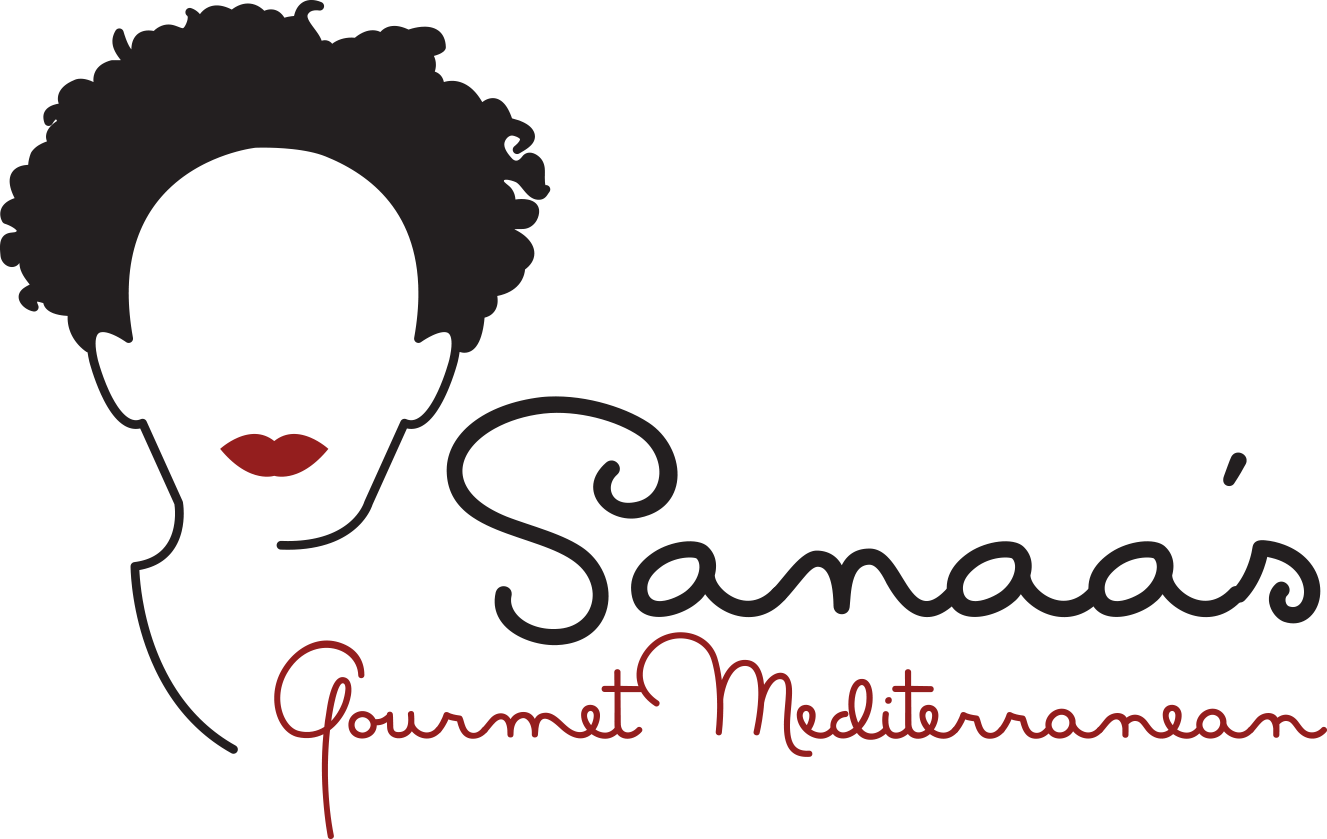Take a Leek! Leek with mushroom and tarragon
I can’t think of a more inappropriate word for a vegetable than the word, “leek.” It brings forth images of anything but good food, which is what a leek is. For those of you who have never used leeks in cooking, permit me to describe what it is. It looks like a green onion on steroids. Its thickness can range from two to five inches in cross-section. It has a white part a the bottom, and a green part at the top.Leeks do belong to the onion family, but in addition to being larger, their flavor is much milder. They are used mostly as flavoring of soups and soup stocks. There are two kinds of leeks—one native to the Mediterranean that is thicker and milder in flavor. It grows from winter to spring. That’s the one found in American stores. The other kind is native to the United States, called “ramp,” that is much thinner, more pungent in flavor, and more closely resembles scallions. This variety starts budding out in the spring. American Indians used native leeks in their cooking as well as in the treatment of coughs and colds, and to relieve the pain and itching of bee stings.European chefs call leeks “the poor man’s asparagus.” In England there is an annual competition for the largest leek. The most unusual place where a leek is found is on the flag of Wales, a province of England. The founding myth of the Welsh leek is when it was worn in the helmets of Welsh soldiers in 640AD to distinguish themselves on the battlefield from their enemy, the Saxons. Some Welshmen wear leeks to commemorate King Cadwallader’s victory over the Saxons on St. David’s Day, March 1st. Another version of this myth holds that the battle was fought in a field of leeks, and the leek is honored because of the Welsh victory on that day.When the leek is growing, soil is constantly piled up around the base of the leek to encourage a long, thin, white base. Because the leek grows mostly underground, one must cut it in half and wash it thoroughly before cooking, as the sand infiltrates the layers of the leek as it is growing. It is better to use a leek that is no larger than two inches thick—the younger the leek, and consequently the thinner, the more delicate the flavor. It is better not to wash the leek until you are ready to cook it, as putting a washed leek in the refrigerator will spread the odor throughout.Leeks are full of vitamin C, as well as a kind of fatty acid that is known to be good treatment for hypertension. Food scientists believe that leeks increase the production of good cholesterol, or HDL.Here are a couple of recipes that may help you take advantage of the benefits of using leeks in cooking:Leek with Mushroom And TarragonServes 43 leeks1 medium onion, julienne1 pound white mushrooms, thinly sliced5 tablespoons olive oil2 cloves garlic, mashed2 tablespoons chopped fresh tarragon1/2 cup chopped scallion1/2 teaspoon crushed red pepperSalt and pepper to taste-Cut the green part of the leeks and discard. Thinly slice the leeks and wash thoroughly.-In a shallow frying pan, heat three tablespoons of olive oil and saute the mushrooms until the juice evaporate and the mushroom start to become golden. Remove the mushrooms and set aside.-Add the rest of the olive oil and sauté the onion and the leeks over low heat for couple minutes.-Add the mushrooms, garlic, the tarragon and the spices, stir and continue to cook for couple minutes.-Remove from the heat, sprinkle with the chopped scallion and serve.
